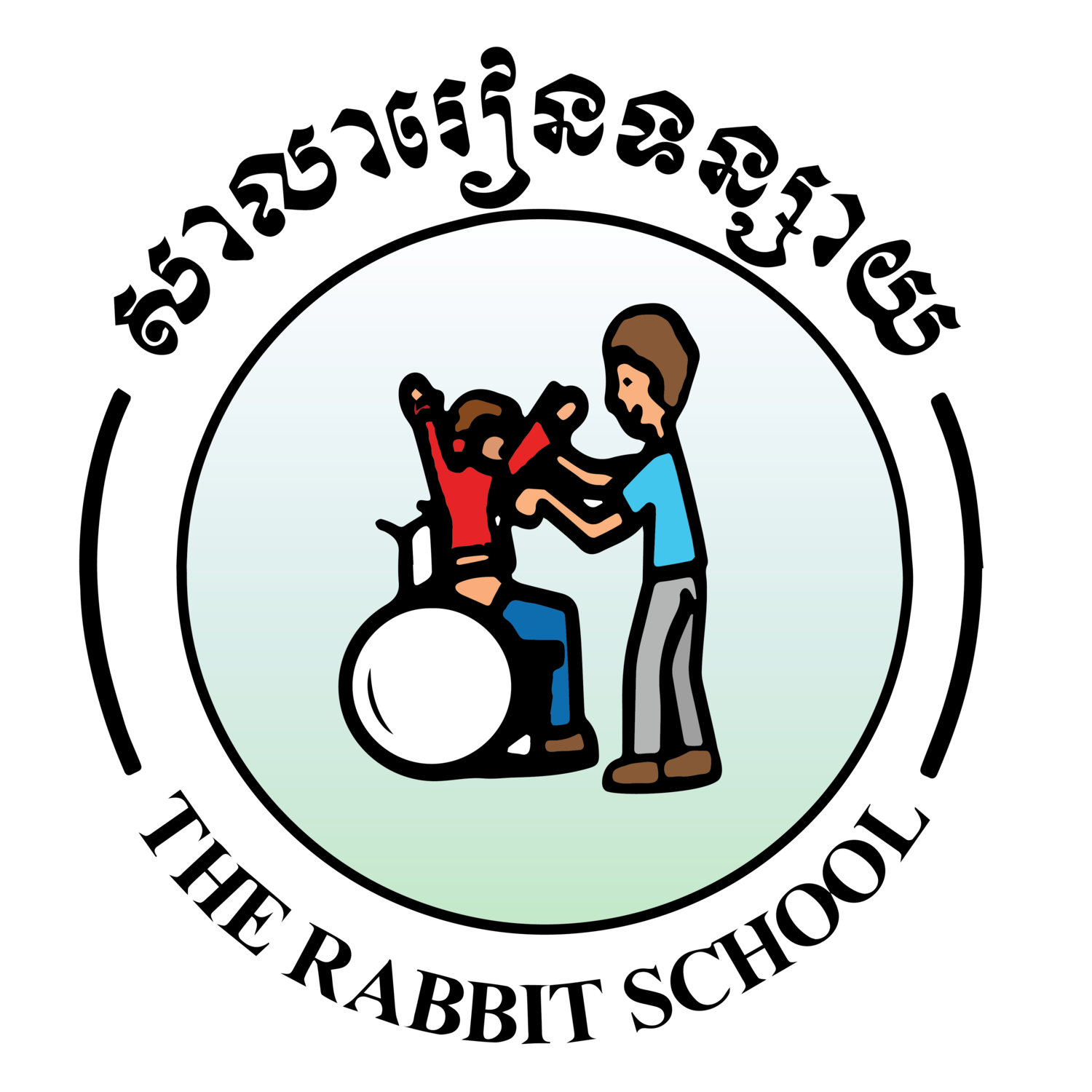How can you support Disable Children to understand you?
Get their attention and speak face-to-face
Use short sentences
Leave a pause between sentences to give them time to process the information
Speak a little slower than usual. If they do not understand, repeat the information again but say it in a different way, or use some of the strategies outlined above. Remember that speaking louder is not going to help their understanding!
(Unless it is actually noisy).
Give instructions in 1-2 parts and in the order that you want them to be carried out
Show them what you mean by demonstrating it yourself – people with disabilities learn new information and skills best when they are taught in the location where they will need to use that skill
Point to objects or pictures – words come and go quickly, but pictures/ objects give them time to process what you are telling them.
Use gestures
How can you support Disable Children to express themselves?
Do not assume you know what they are talking about by putting words into their mouth
Repeat back their gestures/ words to show them that you have understood, or to check your understanding if you are not sure.
Offer a choice e.g. ‘Do you mean X or Y?’, or give them a choice of items/ pictures from which they can show what they want
Let them take you to show you what they mean
Do not correct their speech errors as this will only discourage them from talking
Take time in getting to know how each person expresses themselves. Remember everyone is different. Over time you will get to know each person’s strengths and needs, but in the meantime please look at their individual profiles…
Daily Routine
A set routine supports people with intellectual difficulties to understand what is expected of them. If there are going to be any changes to the routine, then please let them know in advance if possible and demonstrate using gesture/ drawings etc. if necessary.
To sum up …
The way to help people with intellectual disability to learn :
Talk gently
Simple words
Short sentences
Use all kind of communication (words, pictures, gestures, pointing, showing how to do)

